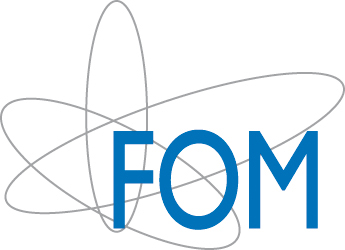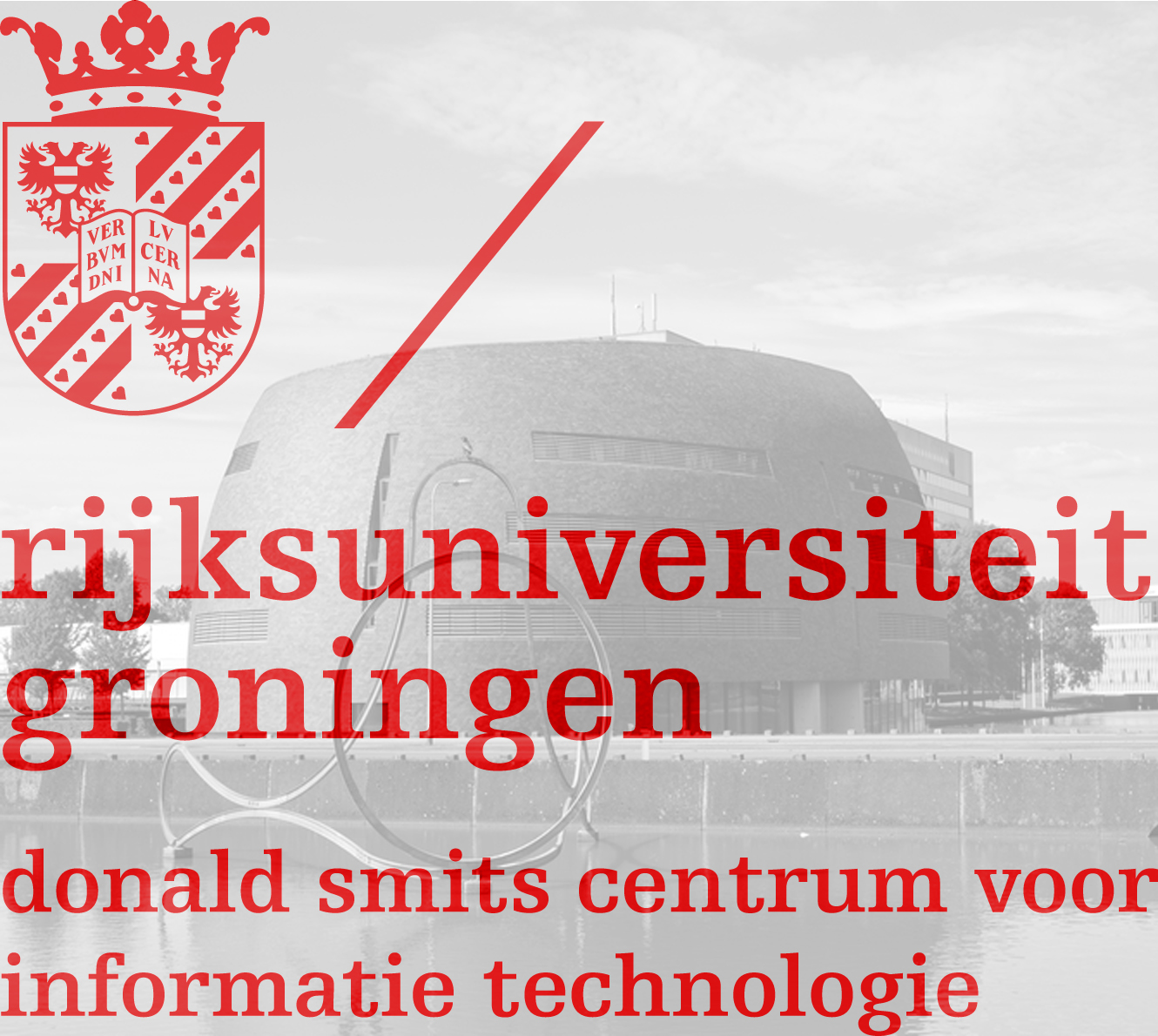Investigating Ball Bearings
The company
We did our case study for the company SKF, a Swedish multinational specialized in ball bearing and seals technology and the production of all kinds of machine components. Our study was only about ball bearings.
Background
During destructive tests on the roller bearings, it was found that ball bearings usually break because cracks initiate at the inclusions in the steel. Inclusions are pollutions formed during the steel production, made of mainly non-metallic materials, for example Al2O3, TiN and MnS. Because these inclusions are harder and have higher stiffness than the surrounding steel, residual stresses originate around inclusions during the manufacturing of the ball bearings. The goal of our case study was to investigate these stresses around different types of inclusions in two steel samples. These quantitative measurements of stress fields are very important in fatigue life modeling.
Our study
To study the inclusions, we first had to find them in the sample and determine the composition. Because the inclusions had a typical size varying between 2 and 100 μm, we used Scanning Electron Microscopy (SEM) and Energy Dispersive X-ray Spectroscopy (EDS). EDS determines the composition of the inclusions by analyzing the energy of the photons emitted when excited electrons fall back to their ground state. This energy is a typical property of the different elements, so from the detected x-rays, the elemental composition of the inclusion can be determined.
After this analysis we did the stress analysis using Focused Ion Beam (FIB). With high energy ions a small but relatively deep slit is made close to the inclusion. Because of residual stresses in the material, the surface of the steel will deform slightly. To detect these stresses, we used digital image correlation, a program that compares a before slit and an after slit picture and calculates how much the surface is deformed. From this deformation we calculated the stresses around the inclusion.
Description of the Images: From left to right: An SEM picture of the inclusion (darker area), the white particles were added to enhance image contrast for DIC. A slit is milled using FIB next to the inclusion. When using DIC to compare the images, large displacement is seen next to the inclusion (red).
Paul Vermeulen and Matthijs Berghuis






